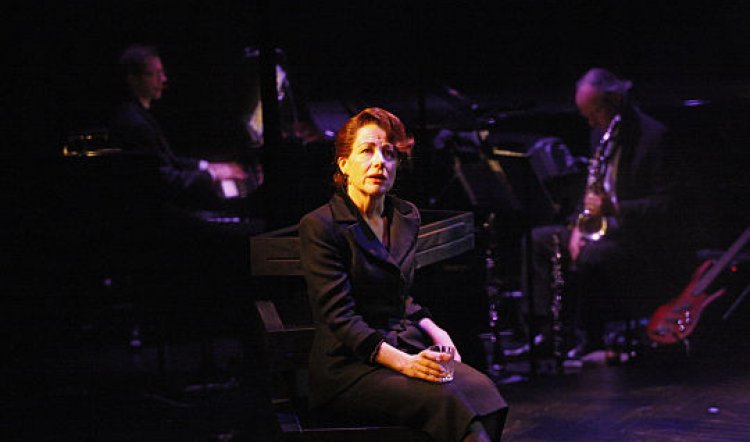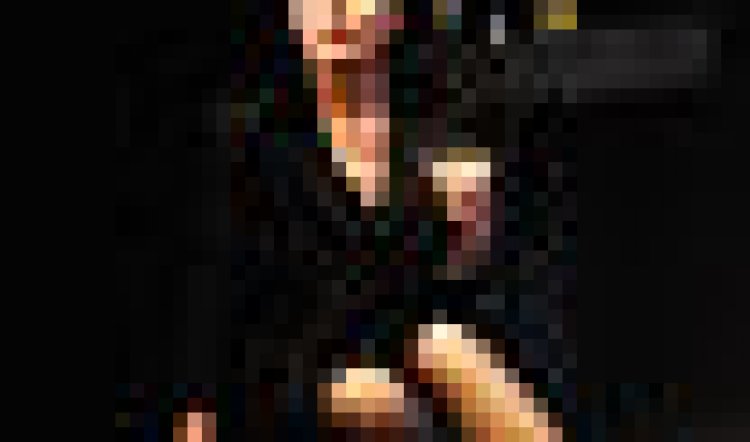
SONGS FOR NOBODIES
SONGS FOR NOBODIES, Playhouse Theatre, Sydney Opera House, 9 August 2011-and extending, so check box office. Photos: Jeff Busby
JOANNA MURRAY-SMITH and BERNADETTE ROBINSON were made for each other. The playwright and the performer come together in Songs For Nobodies in a sublime fusion of talents that is as rare as it is wonderful.
This one-woman plus three-piece band, 90-minute show is a revelation on several levels. First, that Murray-Smith has fashioned such an elaborately simple series of conceits. Second, that anyone with half an ear for human frailty and music couldn’t fail to be mesmerized by the stories. Third, that Robinson has a voice and acting skills that uncannily conjure up a series of real women – Judy Garland, Patsy Cline, Edith Piaf, Billie Holiday and Maria Callas – as well as the fictional “nobodies” whose lives are briefly touched and changed by encounters with them.
Songs For Nobodies opens with Beatrice Ethel Appleton from Grand Rapids, Minnesota, riffing on the phenomenon of happiness. Bea’s husband has just left her, causing her to work out that happiness is the absence of fear (that something bad will happen). She is the ladies powder room attendant in a smart New York restaurant, just a few blocks from Carnegie Hall and as she wipes away her tears, in walks Judy Garland (who, as Frances Gumm, was also born in Grand Rapids, Minnesota thus – says Bea – proving for all time that you could escape it).
At that moment Robinson morphs from the quavering nothingness of Bea Appleton into Garland at the height of her powers in 1961. It is astonishing to watch and hear. Musical director Ian McDonald, on keyboards, and just two other musicians on sax and bongos somehow sound like Judy’s fabled orchestrator and band leader Mort Lindsey and his orchestra. It’s electrifying.

The remainder of the show is taken up by an usher in a Kansas City music venue having a chance and poignant meeting with Patsy Cline; a Nottinghamshire librarian revealing her unlikely connection with Edith Piaf; a junior journalist who longs to get off the women’s pages and writing about hemlines whose career is spun in another direction when she interviews Billie Holiday; and a young Irish nanny from County Wicklow who finds herself the object of Ari Onassis’s lustful attention, and then she hears Maria Callas sing. At this point in the show it becomes apparent why Robinson was once a student of Dame Joan Hammond and why the Sydney audience – known for sitting on its hands – gave her a genuine standing ovation on opening night.
All these encounters hinge on the coincidences that can also be called simple twists of fate. In Murray-Smith’s hands they become fascinatingly plausible; alchemy happens when Robinson’s miraculous performance is added. The result is magic.



